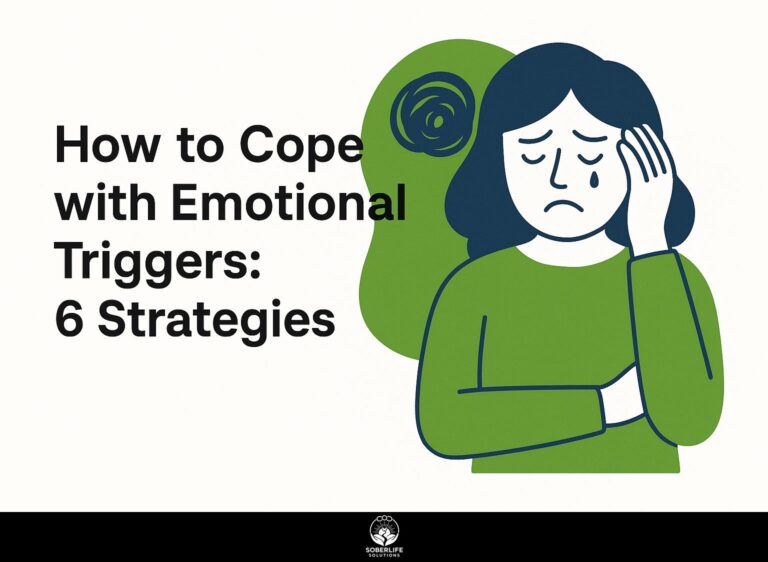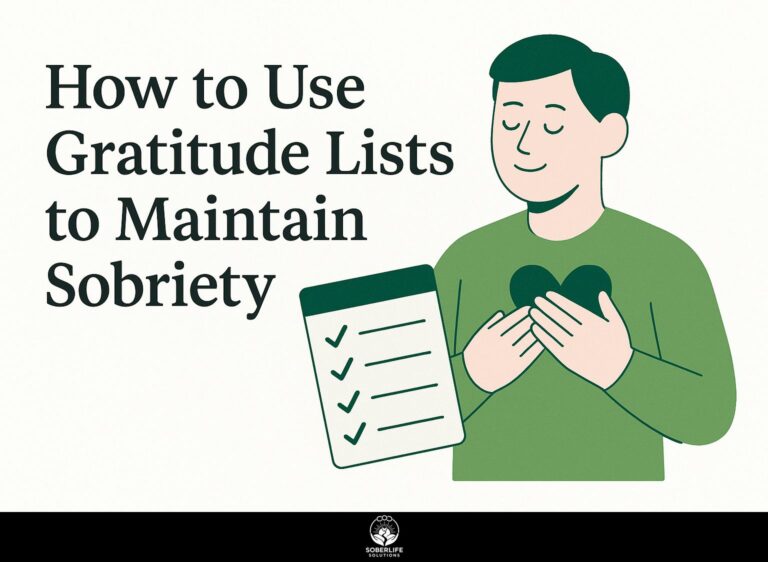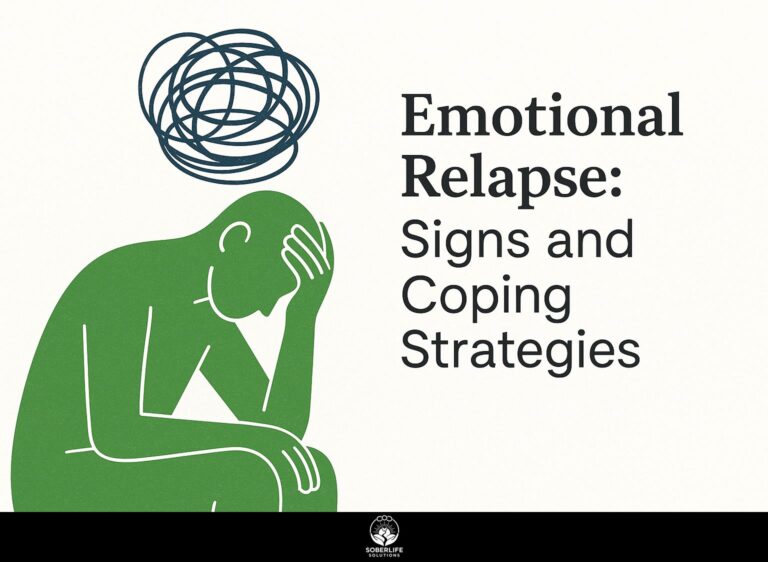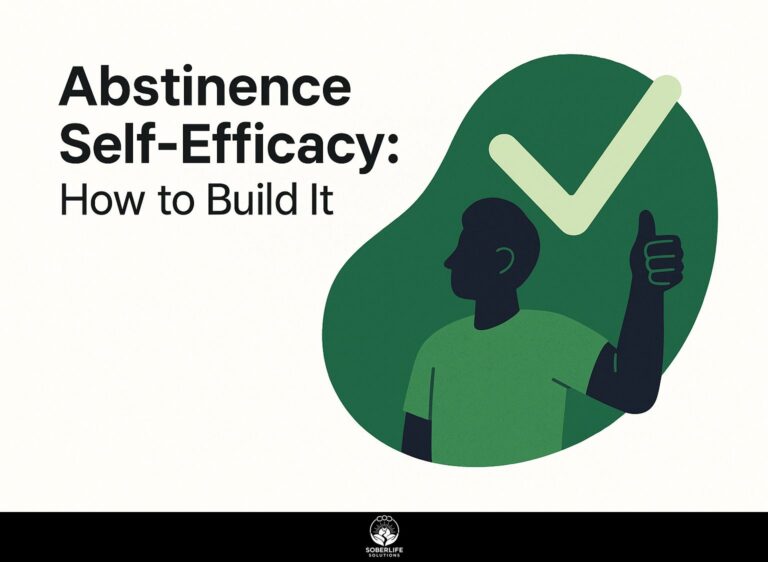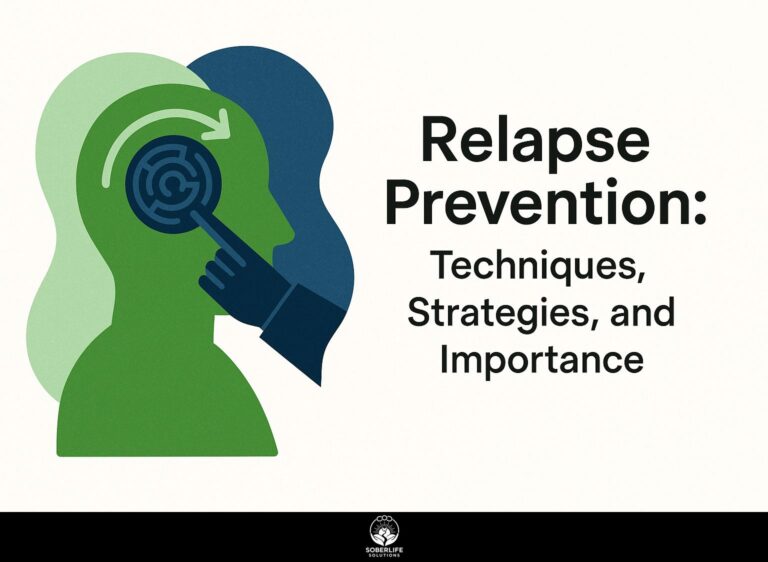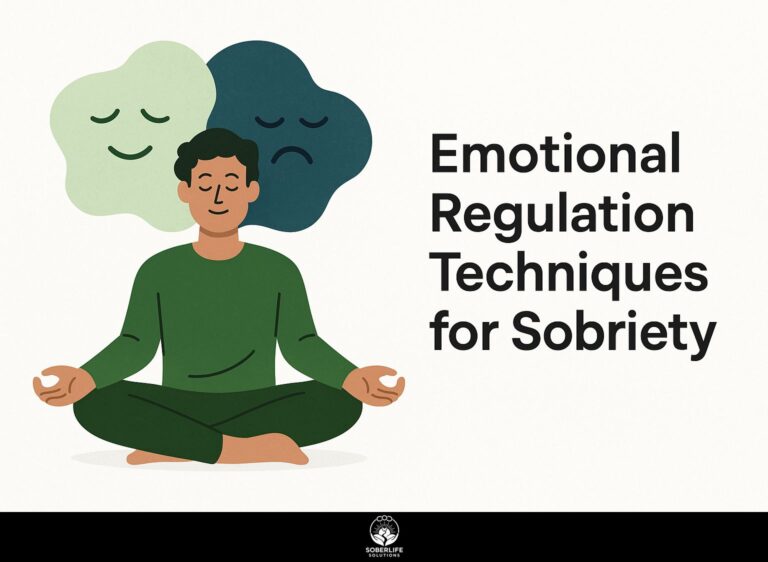Addiction Cycle: Relapse Impact and DSM Implications
Recognizing the cycle of addiction is important for people dealing with substance use problems, especially when thinking about the effects of relapse. At Icyizere Psychotherapeutic Centre in Rwanda, we examine how relapse impacts recovery and its significance in diagnostic criteria. This article provides useful information about how often relapse happens, the reasons behind it, and practical ways to manage it, helping readers better cope with these challenges.
Key Takeaways:
- The addiction cycle involves a repetitive pattern of cravings, use, and relapse, highlighting the complexity of recovery and the need for effective interventions.
- Relapse is common, with statistics showing that a significant percentage of individuals with addiction experience it, influenced by various psychological and environmental factors.
- The DSM identifies relapse as an important sign of substance use disorders, highlighting its role in diagnosing and personalizing treatment plans for people looking to recover.
Definition and Types of Addiction
Addiction is defined as a chronic, relapsing disorder characterized by compulsive substance use despite harmful consequences, encompassing both substance use disorders and behavioral addictions.
Substance use disorders (SUD) often include conditions like opioid dependence or alcohol use disorder, where individuals experience physical and psychological dependence on the substances.
According to the DSM-5, criteria for SUD involve aspects such as increased tolerance, withdrawal symptoms, and unsuccessful attempts to cut down.
In contrast, behavioral addictions, such as gambling disorder, involve compulsive engagement in activities despite adverse outcomes, characterized by preoccupation and loss of control.
Knowing these differences is important for creating effective treatment plans that fit each type of addiction.
Understanding the Addiction Cycle
The addiction cycle has four main stages: thinking about the substance, using it in large amounts, feeling bad when not using it, and going back to use it again. This shows that substance use disorders are long-lasting issues.
In the preoccupation stage, individuals consistently think about substance use, driven by cravings and planning their next use.
During the binge phase, they consume the substance heavily, often losing control.
The withdrawal stage brings intense physical and emotional discomfort, leading to irritability and cravings.
Relapse can occur when triggers, such as stress or social situations, invoke old habits. Treatment centers such as Icyizere Psychotherapeutic Centre use methods like Cognitive Behavioral Therapy (CBT) to help people handle their cravings and avoid returning to old habits. Additionally, understanding the treatment implications of alcohol dependence can be crucial for recovery; you can explore this further in our article on alcohol dependence and its treatment implications.
Relapse: Definition and Prevalence
Relapse is a major issue in recovery, with research showing that as many as 60% of people with substance use disorders will relapse at some time. According to a study published in ScienceDirect, various determinants significantly affect the relapse rates among patients, highlighting the complexity of recovery. Developing a robust relapse prevention plan is essential, as it can help address these complexities and provide patients with effective strategies to maintain their sobriety.
Statistics on Relapse Rates
Research shows that relapse rates for individuals recovering from substance use disorders in Rwanda range from 40% to 70%, depending on various influences.
Recent studies employing logistic regression models reveal that age and gender are significant demographic factors affecting these relapse rates. For instance, a study published in ScienceDirect highlights how these determinants play a crucial role in understanding the complexities of substance use recovery.
Younger males, especially those between 18 and 25 years old, have the highest relapse rates, often over 65%. In comparison, older males have better recovery outcomes, with relapse rates around 40%.
Treatment programs need to adjust their methods based on these factors, possibly including counseling and support services for different age groups to improve long-term recovery results.
Factors Contributing to Relapse
Important reasons for relapse are social pressures, family issues, and the influence of friends, all of which greatly affect recovery results.
Psychological factors, like stress and past trauma, significantly impact relapse. For example, research at the Serenity Rehabilitation Center found that clients who worked on these issues with cognitive-behavioral therapy had a 30% lower chance of relapsing. According to a study found on ScienceDirect, various psychological factors can predict patients’ risk of relapse, underscoring the importance of addressing these issues in treatment.
Family disagreements can make these stresses worse. Regular family therapy sessions can help ease tension and encourage support among family members.
People in sober living environments who have supportive peers tend to have much better recovery outcomes.
Including these elements in customized recovery plans is important for lasting success.
Impact of Relapse on Individuals
Relapse affects people in many ways, including their mental health, physical health, and relationships with others. One effective way to support recovery and manage these challenges is through healthy strategies for managing stress and emotions that can significantly reduce the risk of relapse.
Psychological Effects
Relapse can cause serious mental health issues and often worsens anxiety and depression in people recovering from drug or alcohol addiction.
Following a relapse, individuals frequently experience heightened feelings of guilt and shame, which can perpetuate a negative cycle that impacts their mental health.
For instance, a study published in the Journal of Substance Abuse Treatment found that 65% of participants reported increased despair after a relapse, further complicating their recovery.
In therapy, stories show that many clients feel worthless, which can stop them from getting help again.
It is important to manage these feelings with cognitive behavioral therapy, creating a safe space that promotes honest conversations about challenges.
Physical Health Consequences
Physical health consequences of relapse can be dire, leading to a decline in overall health, increased risk of overdose, and chronic diseases associated with substance use.
In Rwanda, studies show that individuals who relapse face heightened susceptibility to communicable diseases such as HIV and hepatitis. This vulnerability is exacerbated by weakened immune responses and riskier behaviors often associated with substance misuse.
Long-term drug use can lead to serious health problems like heart disease. A recent health report showed that 45% of individuals who relapse end up in the hospital for these issues. This emphasizes the critical need for support and prevention programs for those who are at risk.
DSM Implications in Addiction
The DSM-5 offers a clear guide for identifying substance use disorders, shaping how treatment and recovery are handled in different medical environments. For those seeking comprehensive care, understanding conditions like co-occurring disorders is crucial, as they often complicate recovery processes. Exploring effective strategies for addressing these challenges can greatly enhance treatment outcomes, especially for individuals managing both substance use and mental health issues. Our article on co-occurring disorders: definition, challenges, and treatment provides valuable insights for navigating these complexities.
Criteria for Substance Use Disorders
The DSM-5 outlines specific criteria for diagnosing substance use disorders, including factors like tolerance, withdrawal, and compulsive use.
These criteria help doctors evaluate how serious the disorder is and create specific treatment plans. For instance, tolerance means needing larger amounts of a substance to get the same effect, while withdrawal includes both physical and mental symptoms that occur when substance use is decreased.
In Rwanda, healthcare providers use these definitions to identify patterns of misuse in patients, applying them in organized assessments like the Substance Abuse Subtle Screening Inventory (SASSI). This careful method makes sure that treatments are well-focused, improving success rates in recovery programs.
Relapse as a Diagnostic Indicator
Relapse is a key indicator in the DSM-5 system that highlights the ongoing nature of substance use disorders.
Monitoring relapse rates is essential for assessing the effectiveness of treatment programs. Studies show that approximately 40-60% of individuals with substance use disorders experience relapse within a year of treatment.
A study indicates that combining cognitive behavioral therapy (CBT) with medication can reduce relapse rates by 30% compared to standard treatments. Consistently tracking patients’ triggers and behaviors allows doctors to adjust treatment plans, leading to better long-term outcomes and helping to prevent future relapses.
Interventions and Treatment Strategies
Working interventions and treatment methods are important for reducing relapse rates and supporting long-term recovery from substance use disorders. One crucial aspect of this is developing a solid relapse prevention plan, which includes various strategies and techniques tailored to individual needs.
Relapse Prevention Techniques
Using relapse prevention methods like coping strategies and changes in daily habits can greatly improve recovery results.
One effective strategy is practicing mindfulness, which studies show can reduce relapse rates by up to 30%. Consider incorporating daily meditation, focusing on your breath and observing thoughts without judgment for just 10 minutes.
Joining peer support groups helps build community and encourages responsibility. People in these groups have a 50% higher chance of staying sober.
Using these methods, along with consistent exercise and a healthy diet, establishes a strong foundation for lasting recovery.
Long-term Recovery Approaches
Long-term recovery methods emphasize lasting changes in behavior and regular support systems to help individuals avoid going back to substance use.
Successful recovery programs in Rwanda, such as those run by the national rehabilitation agency, emphasize aftercare services including weekly group therapy and peer support networks.
These initiatives enable individuals to share experiences and coping strategies, reinforcing their commitment to sobriety.
Continuous therapy, like cognitive-behavioral approaches, is employed to address underlying issues that contribute to substance use.
These programs offer mental health support and life skills training, helping participants build strength and make better choices, which can lower the chances of returning to old habits.
Future Directions in Addiction Research
Future research on addiction should examine how social and demographic factors affect the success of treatment and the likelihood of relapse.
Researchers can use different ways to study these traits more effectively. For instance, surveys that gather information on age, gender, and economic background along with clinical data can provide helpful information.
Case studies from different communities can show the unique challenges faced by specific groups. Tools like SPSS or R for data analysis can help identify patterns, while personal interviews can reveal individual experiences.
This two-part method helps us see more clearly how social and demographic factors affect recovery results.
Frequently Asked Questions
What is the addiction cycle and how does it relate to relapse impact and DSM implications?
The addiction cycle describes the repeated behaviors linked to substance use and addiction. It usually involves stages like starting use, ongoing use, and returning to use after a break. Recognizing the addiction cycle is important for seeing how relapse affects recovery, which can hinder progress. The DSM (Diagnostic and Statistical Manual of Mental Disorders) offers guidelines for diagnosing addiction and its stages, helping healthcare providers evaluate the effects of relapse when planning treatment.
How can knowing about the addiction cycle help prevent relapse?
Knowing the addiction cycle can help people spot triggers and risk factors linked to relapse. By recognizing these stages and the feelings or situations that lead to them, individuals can create strategies to handle the effects of relapse. This information is important for successful treatment and recovery, as it helps both patients and doctors understand possible challenges and how to deal with them.
What role does the DSM play in addressing relapse within the addiction cycle?
The DSM is important for dealing with relapse in addiction by offering clear diagnostic criteria for substance use disorders. These criteria help mental health professionals determine how severe the addiction is and see how relapse fits into the treatment process. The DSM’s guidelines provide a clear way to manage relapse and its effects on recovery, making sure that patients get the right support based on where they are in the addiction cycle.
Can you describe how relapse affects a person’s recovery process in addiction?
Relapse can significantly affect a person’s recovery from addiction. It may cause feelings of shame and guilt, which can make it harder to break free from addiction. While relapse can create a temporary setback, it can also help identify personal triggers and highlight the need for changes in treatment methods. Viewing relapse as a chance to learn instead of a failure is important for lasting recovery.
What are common signs of relapse in the addiction cycle, according to DSM criteria?
Common signs of relapse in the addiction cycle, as outlined in the DSM criteria, include a return to old behaviors, increased cravings, emotional instability, and disengagement from support systems. Individuals may also exhibit a decline in self-care and an inability to manage stress effectively. Recognizing these signs early can help individuals and their support systems intervene before a full relapse occurs, allowing for timely adjustments in treatment and support.
How can support systems help mitigate the relapse impact within the addiction cycle?
Support systems are important for reducing the chances of relapse in addiction. Family, friends, and support groups can provide encouragement and accountability during tough times. Good communication within these networks allows people to notice early signs of relapse and ask for help quickly. Professional support from counselors or therapists who specialize in addiction recovery can also provide useful resources to deal with the challenges of addiction.

